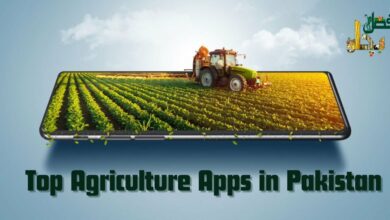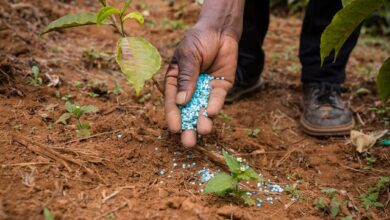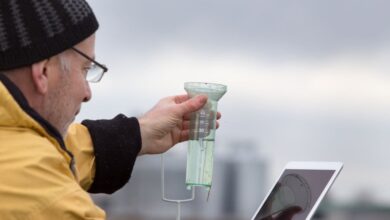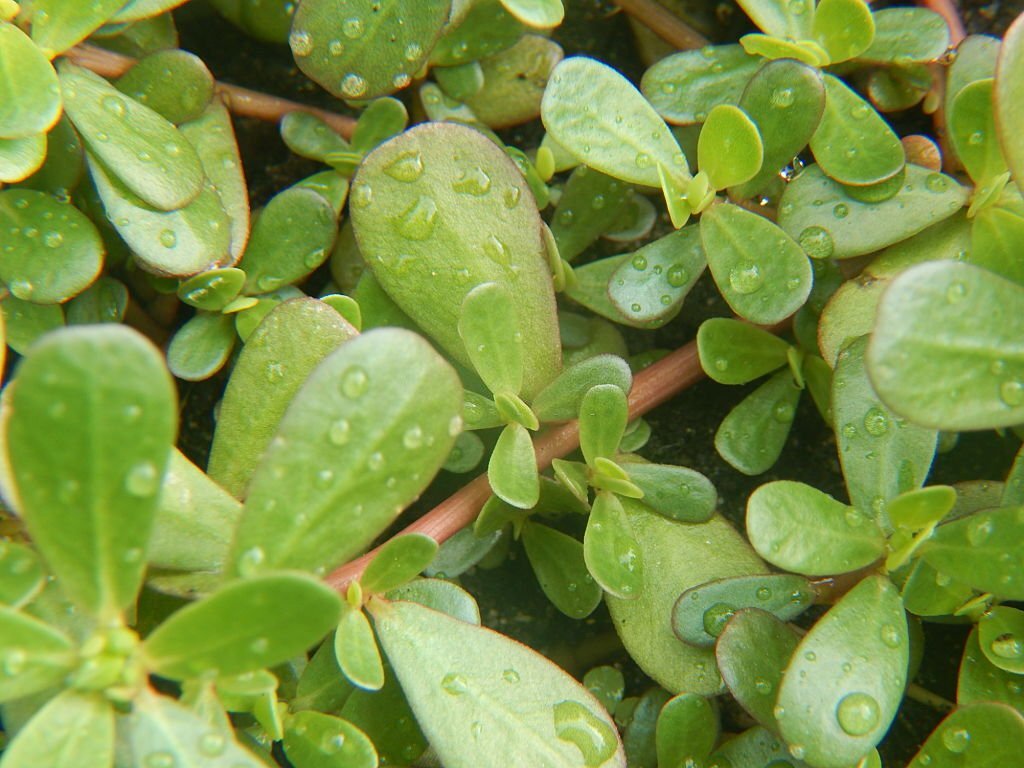Use of Drones in Agriculture
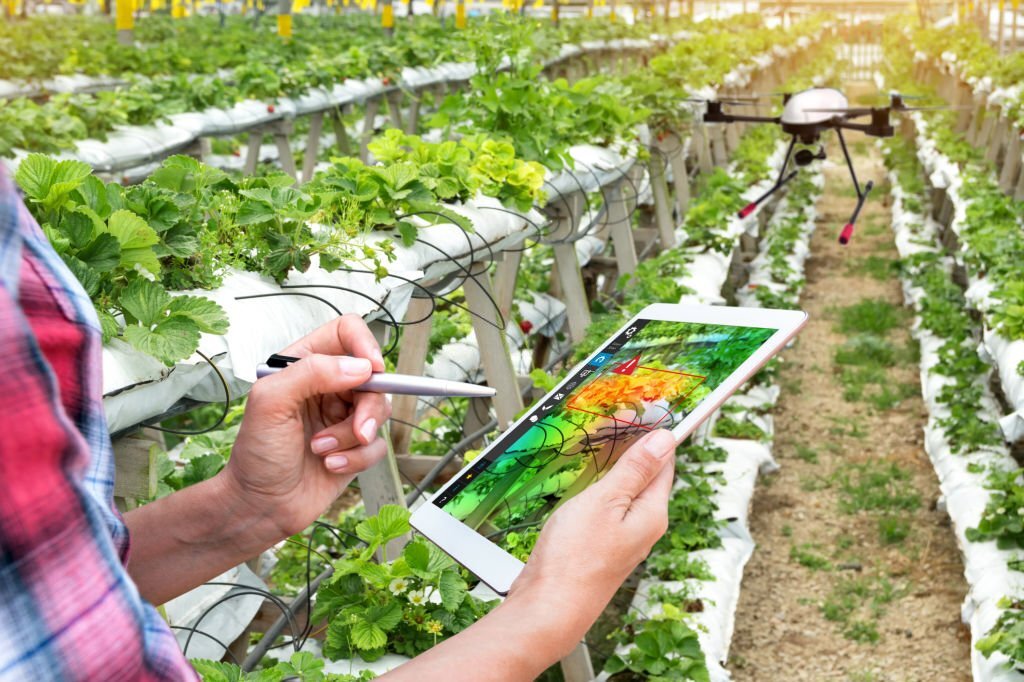
Last updated on June 24th, 2024 at 11:19 am
The use of drones in agriculture has many benefits, including improved productivity, accuracy, and reduced labor costs. It also ensures healthy crop growth, which ultimately benefits the world’s population, while reducing human workload. Using drones in agricultural tasks is a sure way to provide more food and ensure global sustainability.
Moreover, drones can be used to monitor crops at any time, day or night. That means farmers and growers will have more time to focus on their fields, instead of worrying about whether they’ll have enough crop.
Cost of drones in agriculture
The price of drones for agricultural use varies widely, depending on the complexity and type of the device. Prices can range from $2000 to well over $25,000. The cost of drones for agricultural use will vary widely, so it is important to consider these factors when comparing price ranges.
In the case of agriculture, multi-rotor drones are the best option, which have the advantage of being more maneuverable. The price for multi-rotor drones is usually more affordable than for fixed-wing models.
A drone used for agriculture can cost $2000 to $25,000. Some of the drones available for this purpose cost around $25,000, and they feature exclusive built-in features. Drones used in agriculture can gather data and analyze crops. However, according to a survey by Munich Reinsurance America, not many farmers are adopting this technology yet.
Concerns about privacy and cyber security have discouraged many farmers from using drones for agriculture, and more than half are unsure whether to use drones for agriculture. In addition, farmers are still learning how to use drones for agriculture and how to use them safely.
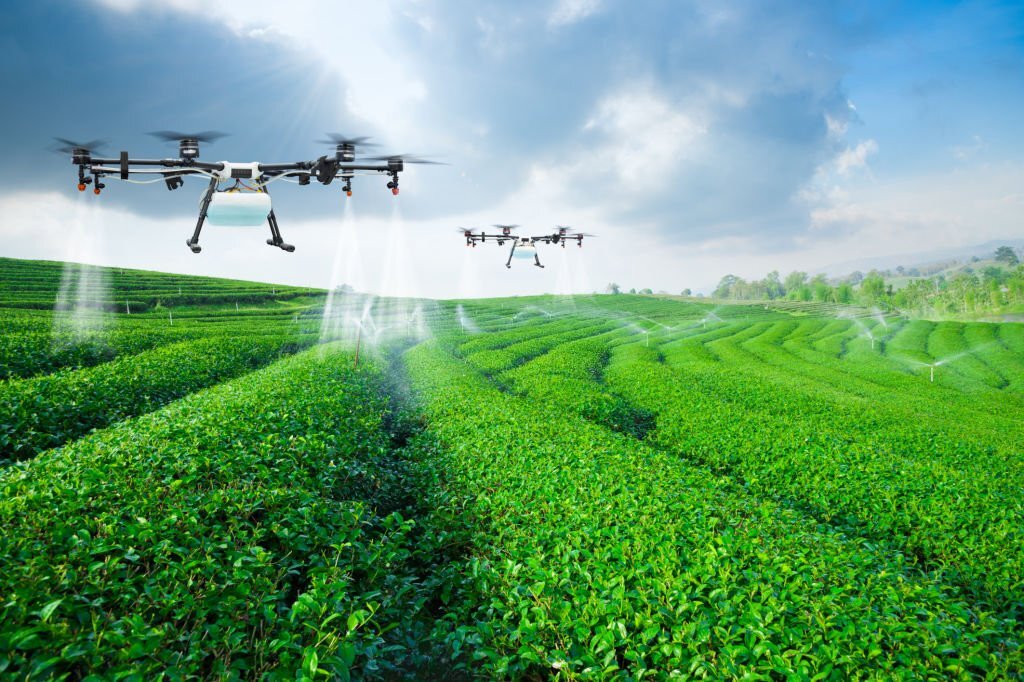
Drones are a good way to monitor farms. Their geotagged images can help farmers understand whether a crop is healthy or not. These images provide valuable data for improving crop health. And because they are cheaper than manned aircraft, they are the best option for small-scale farms.
Drones can perform tasks like satellite imaging, manned aircraft surveillance, and scouting. Unlike manned aircraft, drone data is highly precise, and helps improve farm performance.
In addition to crop growth and yield problems, drones can also decrease pollution. Drones with an operating speed of 45km/h can cover 100 acres in 20 minutes. That is enough time to survey all of the land on a single flight.
In addition to these, drones in agriculture can be used for seed planting, soil analysis, crop mapping, real-time monitoring of livestock, and much more. You’ll be surprised at the applications for these drones!
Cost of UAVs & Use of Drones in Agriculture
Drones can be expensive, but the benefits of using them for agricultural purposes far outweigh the cost. Drones with traditional cameras can replace helicopter flights or manned aircraft. These aerial vehicles can also be fitted with agricultural-specific sensors.
This reduces the need for expensive satellite imaging. In agriculture, the cost of drones will vary, depending on the type of application. Depending on the use, they can cost anywhere from $1000 to $10,000.
According to the Department of Agriculture, farmers can get a grant of up to 75% of the cost of an agriculture drone. The FM also announced in the budget speech that kisan drones will be used for crop assessment, land record digitisation, and spraying nutrients.
In addition, farmers will be able to receive an introductory budget to use the drones and a waiver from the regulations that prohibit flying them in an area where they are banned.
The use of drones in agriculture is possible, but the new FAA regulations may limit its use. The Part 107 rules for flying drones in agricultural applications require farmers to keep drones within visual line-of-sight. This rule, called “Part 107,” will benefit most farms in the U.S., but will create problems for ten percent of farms.
Therefore, farmers should make sure they understand the rules for drone usage before incorporating drones into their operations.
Agricultural drones come with different imaging sensors. Depending on what they do, these sensors can cost from $200 to over $40,000. Some of the common sensors use visible wavelengths, while others take near-infrared images using filters.
Choosing the right camera for your needs is critical, but you should choose 12 Megapixels or higher to ensure it captures the entire image. A fisheye lens is an option if you want to capture the entire field from above.
Drones are also cost-efficient for farming, compared to manned aircraft and satellites. They can capture images of fields less than fifty acres, and their cameras provide crystal-clear pictures of every centimetre.
With this information, farmers can take timely action on the crops, and often increase their yields by a multiple of the conventional methods. A farmer can then tailor their crop management strategies based on the information they gather.
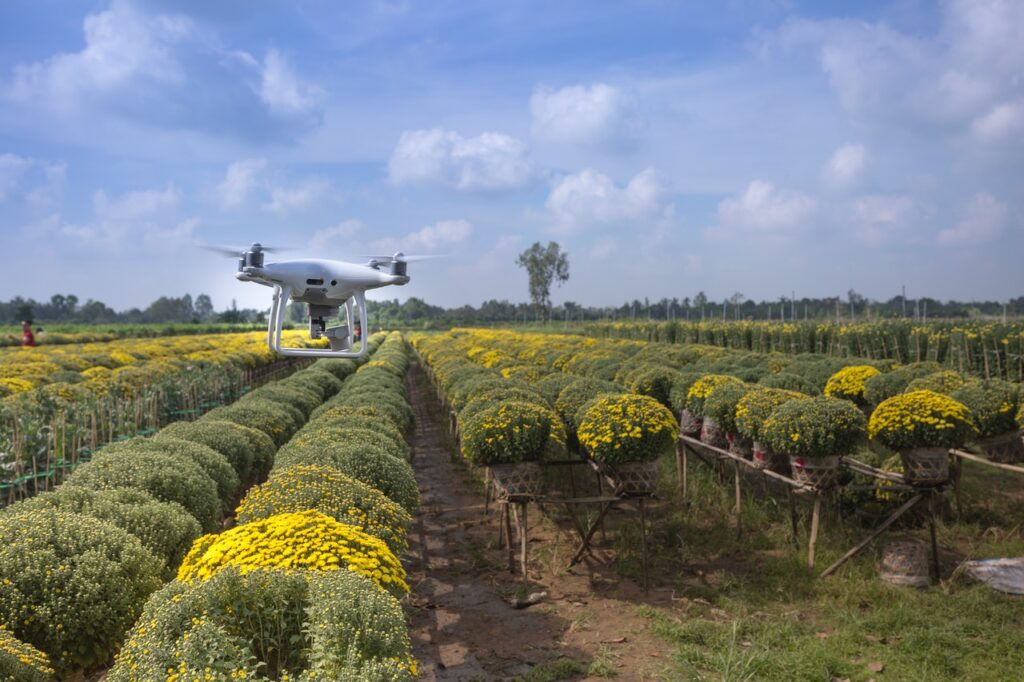
Cost of UAVs for seeding: A new use of Drones in Agriculture
Agricultural drones have many advantages, but they can also be expensive. The cost of a drone can range from $4000 to $30,000. As with any product, the higher the price, the more features it has and the more area it covers. If you are a farmer with a lot of land, investing in a top quality drone is a good idea. In fact, NITI Aayog has been pushing for use of drones in agriculture.
In addition to being affordable, drones can also be used for precision agriculture. These vehicles can take detailed measurements at every step of the crop-growing process. This helps farmers to minimize crop damage, reduce manual labor, and increase yields.
Drones are also becoming more integrated into agriculture, which has reduced the cost of seeding. In the coming years, cost of drones for seeding in agriculture will likely decrease even further.
As with any other agricultural technology, the cost of a drone for seeding in agriculture will depend on the features it offers. Fixed-wing drones are the best option for large, open fields with a definite path. However, multi-rotor drones are great for spot-checking and small areas.
To ensure that the cost of a drone doesn’t become prohibitive, you may want to consider purchasing more than one.
Download SOPs for Use of Drones in Agriculture
A cost-effective way to apply drones in agriculture is to use them in areas that lack proper equipment or have low productivity. Modern-day drones come with powerful cameras, LiDAR technology, and GPS navigation systems.
This technology has the potential to revolutionize agriculture and improve crop management and yield. As with most technological innovations, the cost of drones for seeding in agriculture is likely to continue to fall as drone technology improves.
Cost of UAVs for spot spraying
A UAV for spot spraying in agriculture is a great way to save money while boosting crop yields. Depending on the product, they can cover entire fields or small areas within a field. Some spray drones are multi-copters and are more stable in flight.
A UAV can spray pesticides, fertilizer, or other agricultural products in just minutes per acre. A drone can also be used for field research or late-season study.
Agricultural drones are widely used today. According to the FAA, there are over one million registered commercial drones in the U.S. alone, with 116,000 operators in the commercial sector.
Typically, agricultural drones are used for scouting, as they can collect remotely sensed imagery or tissue samples. Some manufacturers also offer spraying with UAVs, though these models are more expensive than those used for other purposes.
Crop Health Monitoring
Besides spot spraying, agricultural drones can also be used for crop health monitoring. This is possible because the drones carry a payload device. Depending on the payload, farmers can choose the type of sensor that best suits their needs.
A sensor is a device attached to a drone that can measure the amount of pesticide or fertilizer applied per square foot. A drone is also capable of studying crop health through high-resolution imaging. A drone can also detect crops that are suffering from deficiency or disease.
Check out our video on Top 5 Agriculture drones and the Use of drones in agriculture.
